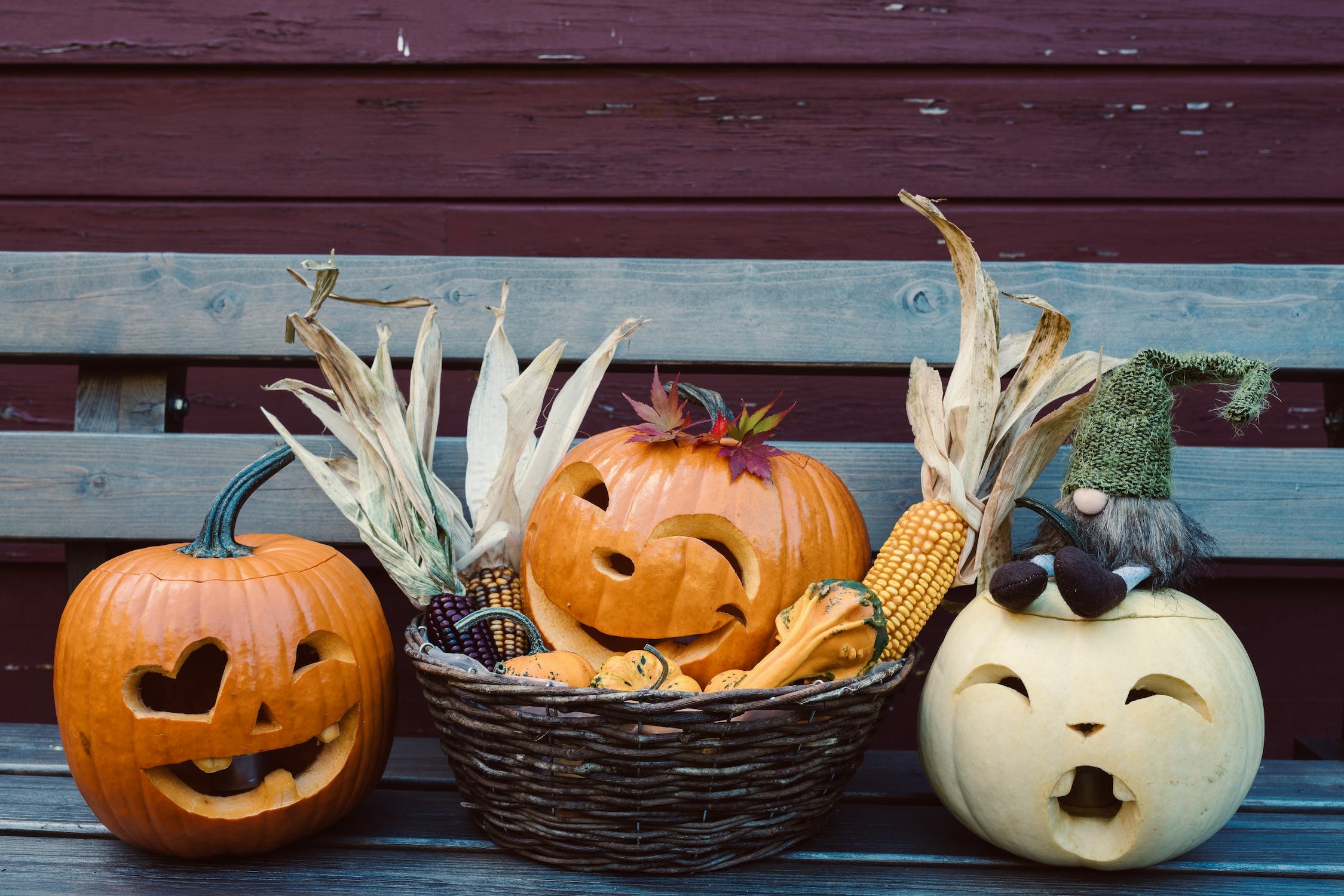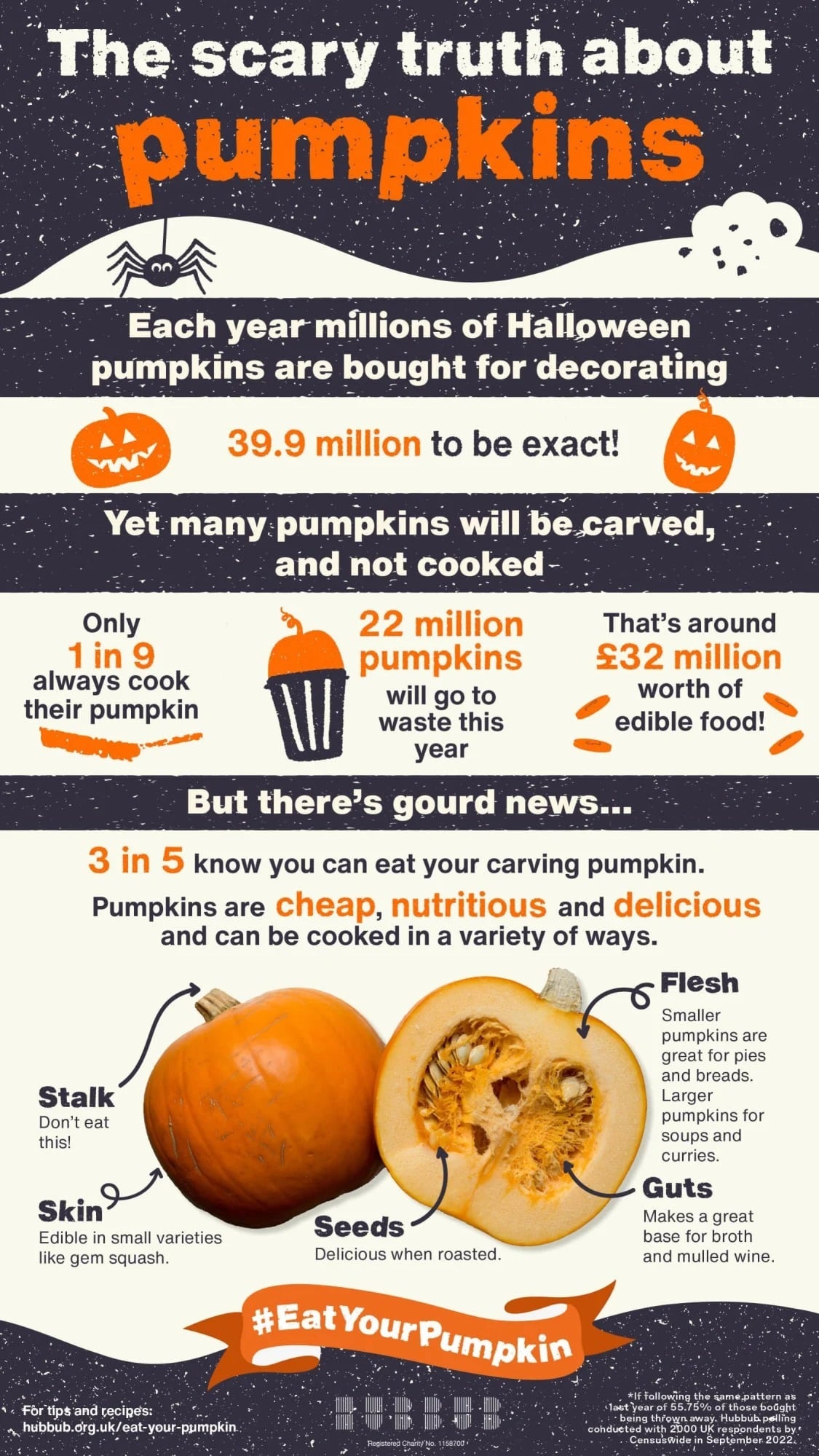
For most Americans, the fall holidays of Halloween and Thanksgiving go hand in hand with pumpkins. Some transform the fruit into spooky jack-o'-lanterns, while others use them as decor. Unfortunately, the fascination with the colorful gourds fades soon after the holidays end. Experts estimate that between 164 million to 344 million pumpkins get tossed out and left to rot in landfills every November.
Things are no better in other countries that celebrate Halloween. Pumpkins for the People, a community-based composting service in Washington, DC, estimates that over two billion pounds (907 million kg) of pumpkins will end up in landfills worldwide in 2023.
In addition to the massive food waste generated, the rotting fruit also emits large amounts of methane. The greenhouse gas is more potent than carbon dioxide. Fortunately, this pollution problem is easy to solve.

Eat your pumpkins!
Pumpkins are almost entirely edible. Roasted pumpkin seeds make a nutritious snack. The flesh can be turned into a delicious soup, tasty puree, or lip-smacking pie. Even the slippery, stringy goop in the fruit's center can be used to make soup broth more flavorful.
Compost jack-o'-lanterns
Drop off your jack-o'-lanterns at a local compost collection center if possible. Better still, see if your city or town hosts a pumpkin-smashing party and have fun tossing them on the ground with friends. Don't worry, the remains will be collected and composted after the event.
You can also fill your hollowed-out pumpkins with grains and leave them in the yard or hanging from a tree for birds, squirrels, and other garden critters to enjoy. If your pumpkin is too far gone to salvage, bury it in your backyard — your garden will thank you for the extra nutrition.
Have a safe and sustainable Halloween!
Resources: greenmatters.com, Hubbub.org, pumpkinsforthepeople.com
